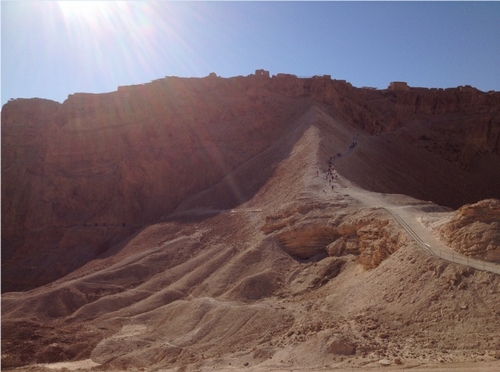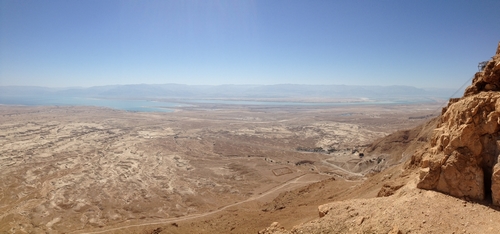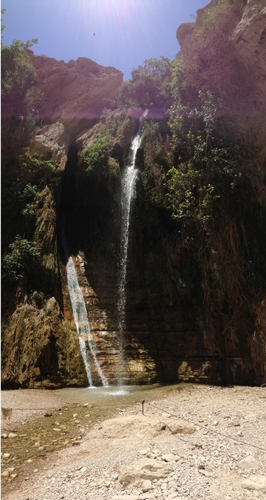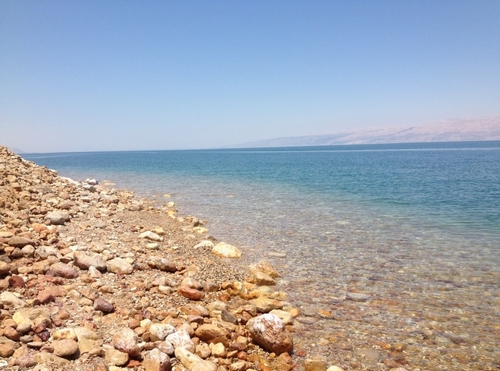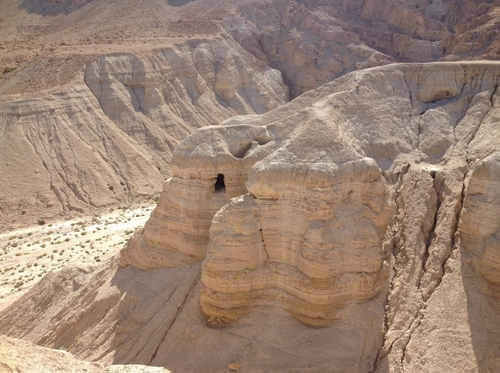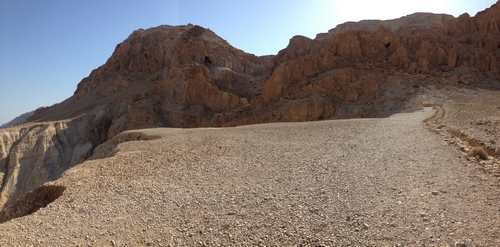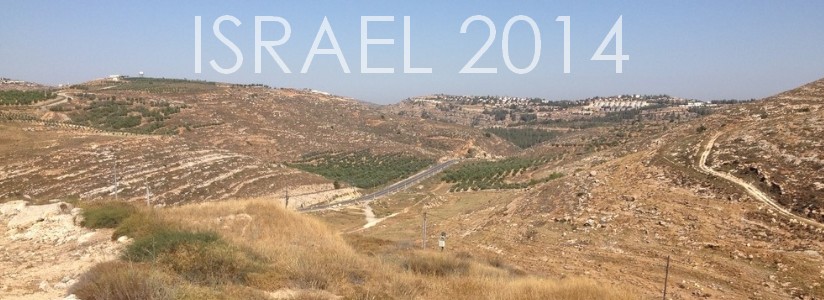
Today’s outing was a little less intense with only three stops, but I’m thankful that we made the most of it. Sometimes when plans change, the planned activities give way to ‘filler’ material, but I didn’t feel that way at all about today. We visited Shiloh, the Israel museum, and Sataf.
The first site we visited was Shiloh, the capital of Israel before the first temple was built in Jerusalem. I’m thankful that we stopped here because I was fairly ignorant about the location’s significance before today. In the past, I would read about locations like Shiloh and not take notice, but now I’m beginning to understand the importance of differentiating them. I’m excited to go home and study the word with a fresh perspective – in the future, I will have not only a handle on the relative location of biblical cities and regions, but I will also remember actually being at so many of them!
At Shiloh, the piece of information that struck me the most was its geographical similarities with Jerusalem. Just like Jerusalem, Shiloh is somewhat isolated, but accessible; surrounded by hills and off the beaten path. Our instructor used these qualities to draw out a theological parallel, pointing out that God isn’t always in the places you’d expect. He is accessible, but you have to be looking for him in the right places. He desires those who intentionally seek him out.
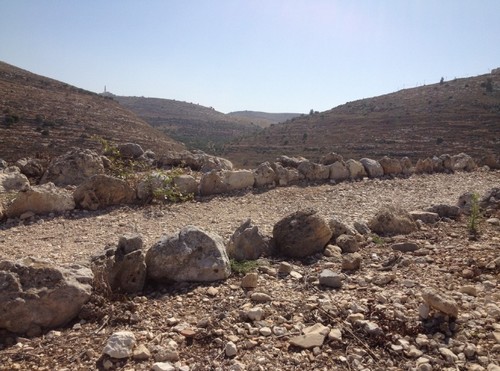
Our next stop was the Israel Museum. First, I explored the Shrine of the Book, where some of the Dead Sea Scrolls were on display. It was awesome to see them in person.

Next, I examined the to-scale model of Second Temple Jerusalem. After having already explored Jerusalem and knowing its true dimensions, I marveled at how large the temple must have been. It would certainly inspire awe in those who traveled from afar to worship there!
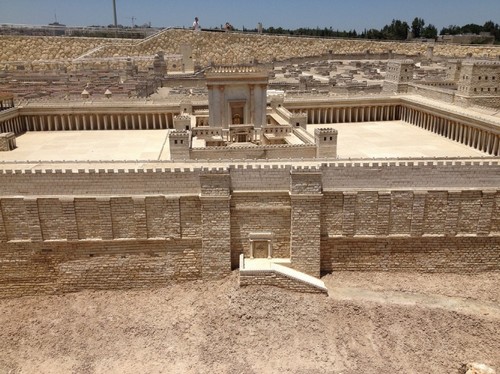
Lastly, I spent a good hour and a half in the archaeological building. I enjoyed getting to see some real artifacts from ancient Israel.
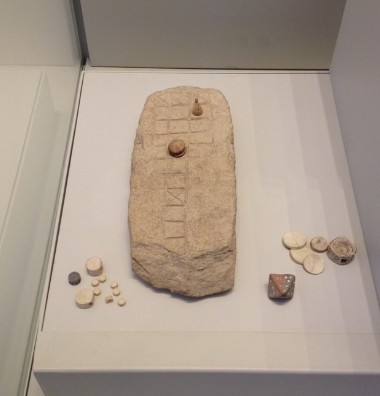

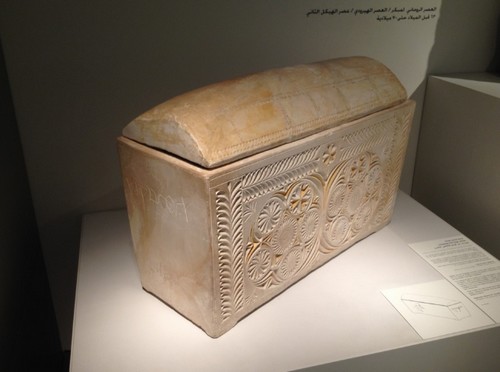

Our final stop was Sataf, where we learned a little bit about the daily life of those who lived on the terraces. Grapes, figs, and other produce are still grown in the area, so our instructor used the site to flesh out various vine metaphors employed in scripture.

I know it’s a little early to be giving feedback about the class as a whole, but I’m unbelievably grateful to the people who sent me here. I wouldn’t have had this opportunity if it weren’t for the generous donors who support Sioux Falls Seminary and believe in JUC. To whomever is reading this, feel free to pass along my sentiments – every seminary student should have this opportunity!

